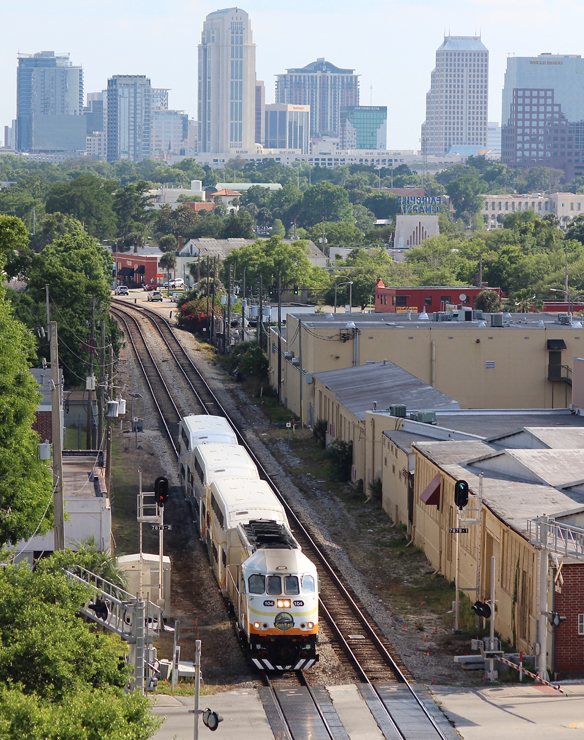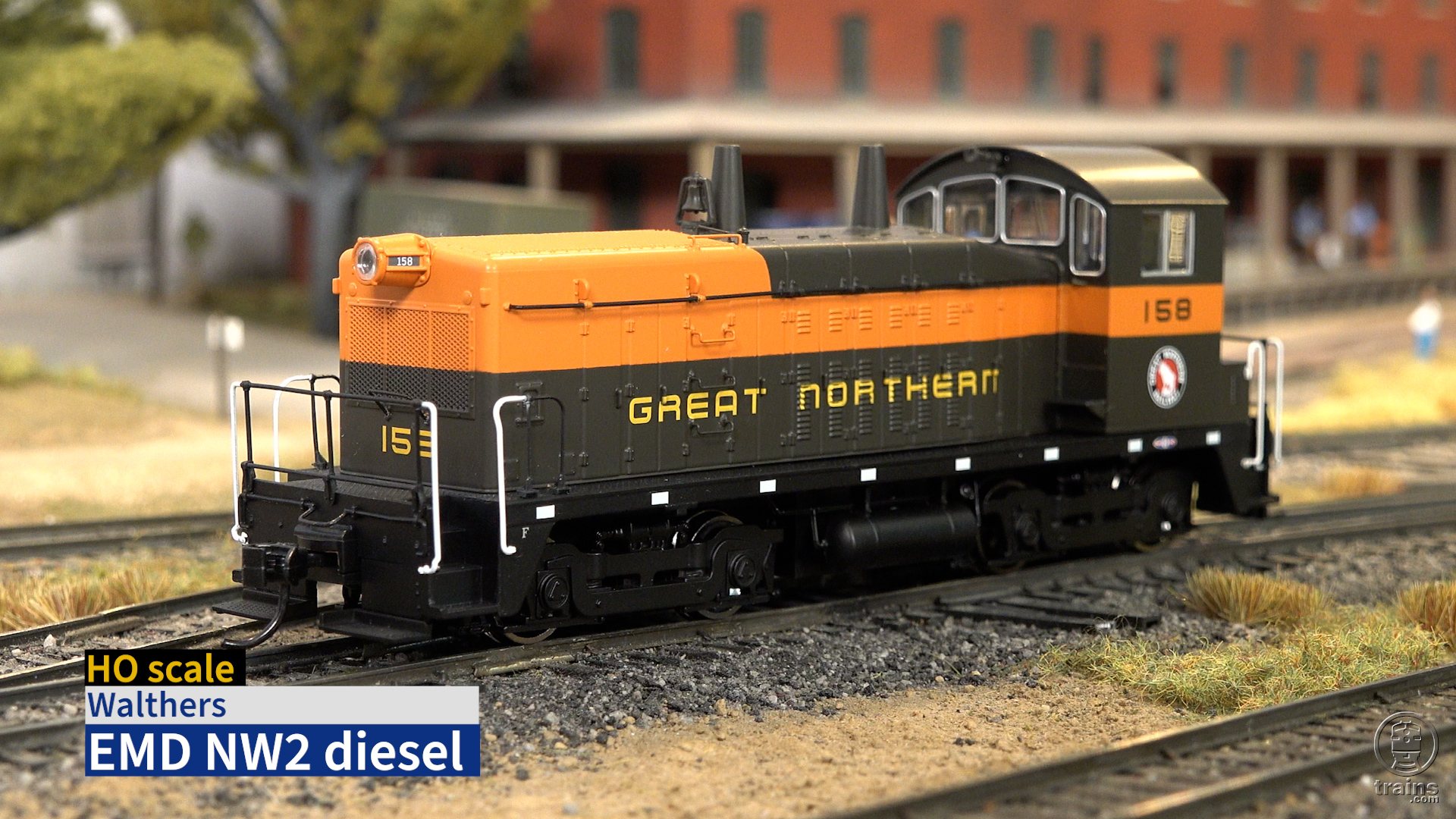 More Wednesday morning rail news:
More Wednesday morning rail news:
City wants ‘Pere Marquette’ route linked with other Michigan trains
The St. Joseph (Mich.) City Commission has called for building a connection that would link the routes used by Amtrak’s Pere Marquette, Blue Water, and Wolverine service in New Buffalo, Mich. WJSM radio reports this would allow all the routes to serve New Buffalo, and provide a connection for Pere Marquette passengers to trains serving the eastern part of the state. The trains travel on parallel routes through New Buffalo that cross just northeast of the city, but Pere Marquette trains do not currently stop in New Buffalo. Currently, passengers from St. Joseph and points north on the Pere Marquette would have to travel to Chicago to make a rail connection to the other route.
Study explains why falling leaves create slippery rails
Rail commuters worldwide are familiar with problems that occur every autumn, when falling leaves can create slippery rails, leading to timekeeping problems. NJ Transit, among other agencies, has dedicated leaf-cleaning equipment [see “NJ Transit begins operation of leaf-cleaning trains,” Trains News Wire, Oct. 11, 2019]. Scientists in Britain have now determined why, according to a report in the Guardian: chemicals in plants called tannins combine with metal from the rails, which has been dissolved by acid in the leaves, creating a layer of black material that reduces friction between the wheel and rail. The findings were detailed in the journal Proceedings of the Royal Society.
CSX employee receives AAR environmental award
Corey Davis, director of fuel strategy and utilization at CSX, has received the Association of American Railroads’ John H. Chafee Environmental Excellence Award for his work in the company’s fuel conservation and emission reduction efforts. Davis, a 24-year CSX employee, led efforts to establish a fuel conservation to monitor crew fuel performance, add monitoring equipment on locomotives and expanded use of Trip Optimizer, the cruise-control-like program that helps trains operate more efficiently. The moves helped cut fuel consumption to less than one gallon per 1,000 gross ton-miles and cut greenhouse gas emission technology by 8.1%.













